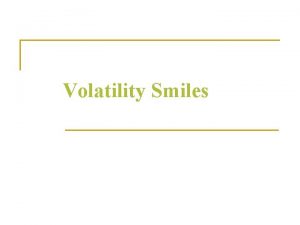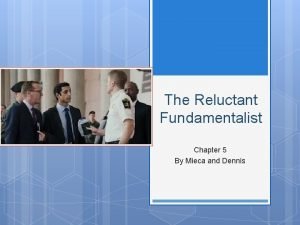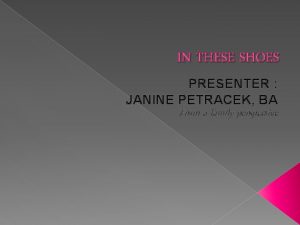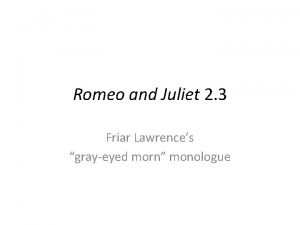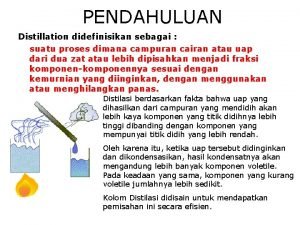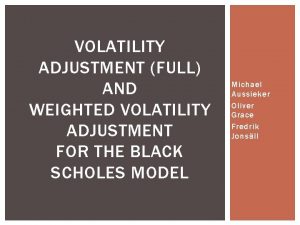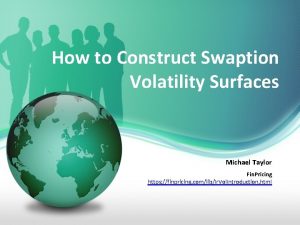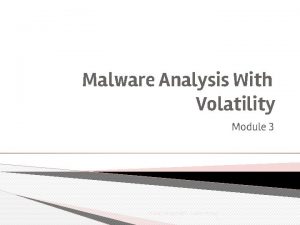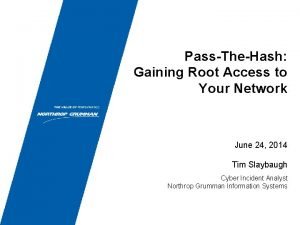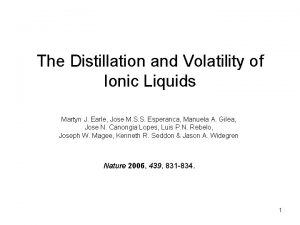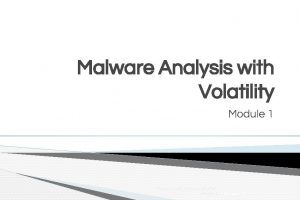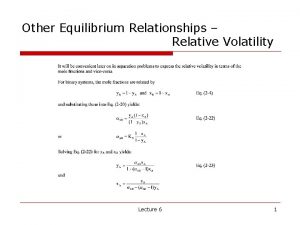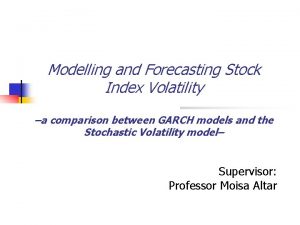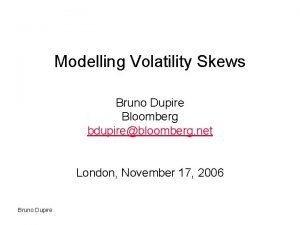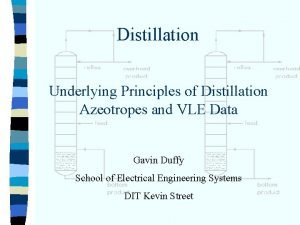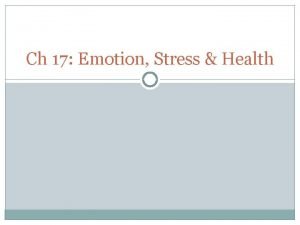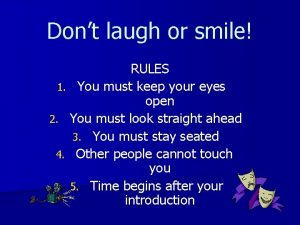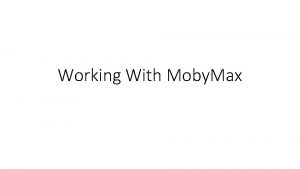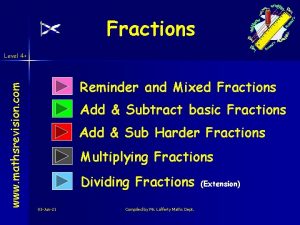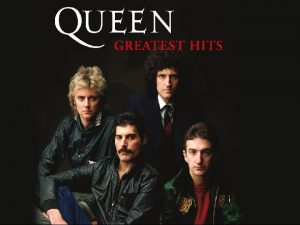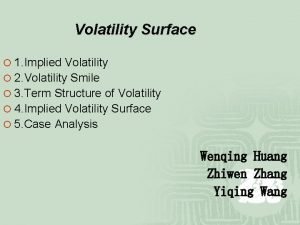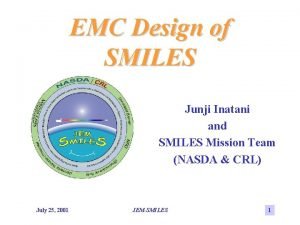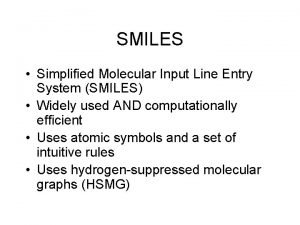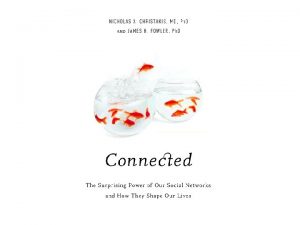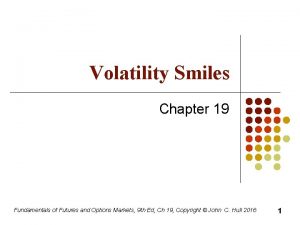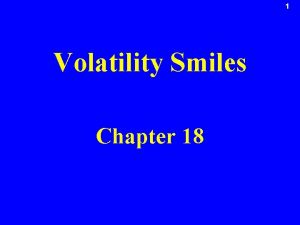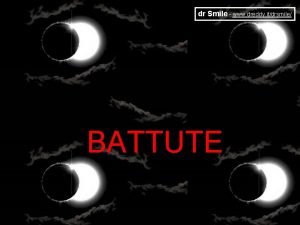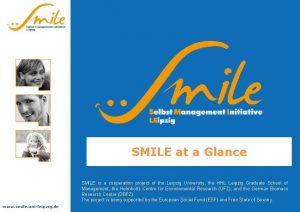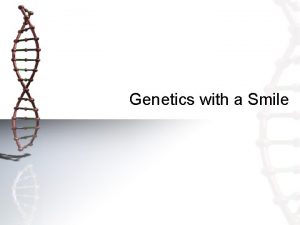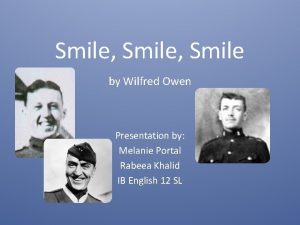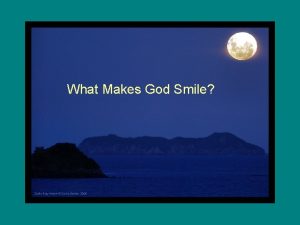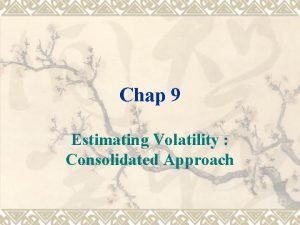Volatility Smiles What is a Volatility Smile n

























- Slides: 25

Volatility Smiles

What is a Volatility Smile? n It is the relationship between implied volatility and strike price for options with a certain maturity

Why the volatility smile is the same for calls and puts n When Put-call parity p +S 0 e-q. T = c +K e–r T holds for the Black. Scholes model, we must have p. BS +S 0 e-q. T = c. BS +K e–r T it also holds for the market prices pmkt +S 0 e-q. T = cmkt +K e–r T subtracting these two equations, we get p. BS - pmkt = c. BS - cmkt n It shows that the implied volatility of a European call option is always the same as the implied volatility of European put option when both have the same strike price and maturity date

Example n The value of the Australian dollar: $0. 6(S 0) Risk-free interest rate in US(per annum): 5% Risk-free interest rate in Australia(per annum): 10% The market price of European call option on the Australia dollar with a maturity of 1 year and a strike price of $0. 59 is 0. 0236. Implied volatility of the call is 14. 5% The European put option with a strike price of $0. 59 and maturity of 1 year therefore satisfies p +0. 60 e-0. 10 x 1 = 0. 0236 +0. 59 e-0. 05 x 1 so that p=$0. 0419 , volatility is also 14. 5%

Foreign currency options Figure 1 Implied volatility Strike price Volatility smile foreign currency options

Implied and lognormal distribution foreign currency options Implied Figure 2 σ(波動率) Lognormal K 1 K 2 S(匯價)

Empirical Results Table 1 Real word >1 SD >2 SD >3 SD >4 SD >5 SD >6 SD 25. 04 5. 27 1. 34 0. 29 0. 08 0. 03 Lognormal model 31. 73 4. 55 0. 27 0. 01 0. 00 Percentage of days when daily exchange rate moves are greater than one, two, … , six standard deviations (SD=Standard deviation of daily change)

Reasons for the smile in foreign currency options n 1. 2. Why are exchange rates not lognormally distributed ? Two of the conditions for an asset price to have a lognormal distribution are : The volatility of the asset is constant The price of the asset changes smoothly with no jump

Equity options Figure 3 Implied volatility Strike Volatility smile for equities

Implied and lognormal distribution for equity options Implied Figure 4 σ(波動率) Lognormal K 1 K 2 s(股價)

The reason for the smile in equity options n n One possible explanation for the smile in equity options concerns leverage Another explanation is “crashophobia”

Alternative ways of characterizing the volatility smile n Plot implied volatility against K/S 0(The volatility smile is then more stable) n Plot implied volatility against K/F 0(Traders usually define an option as at-the-money when K equals the forward price, F 0, not when it equals the spot price S 0) n Plot implied volatility against delta of the option (This approach allows the volatility smile to be applied to some nonstandard options)

The volatility term structure n n In addition to a volatility smile, traders use a volatility term structure when pricing options It means that the volatility used to price an atthe-money option depends on the maturity of the option

The volatility surfaces n Volatility surfaces combine volatility smiles with the volatility term structure to tabulate the volatilities appropriate for pricing an option with any strike price and any maturity

Table 2 Volatility surface

The volatility surfaces n The shape of the volatility smile depends on the option maturity. As illustrated in Table 2, the smile tends to become less pronounced as the option maturity increases

Greek letters n n The volatility smile complicate the calculation of Greek letters Assume that the relationship between the implied volatility and K/S for an option with a certain time to maturity remains the same

Greek letters n Delta of a call option is given by Where c. BS is the Black-Scholes price of the option expressed as a function of the asset price S and the implied volatility σimp

Greek letters n Consider the impact of this formula on the delta of an equity call option. Volatility is a decreasing function of K/S. This means that the implied volatility increases as the asset price increases , so that >0 As a result , delta is higher than that given by the Black -scholes assumptions

When a single large jump is anticipated n Suppose that a stock price is currently $50 and an important news announcement due in a few days is expected either to increase the stock price by $8 or to reduce it by $8. The probability distribution the stock price in 1 month might consist of a mixture of two lognormal distributions, the first corresponding to favorable news, the second to unfavorable news. The situation is illustrated in Figure 5.

When a single large jump is anticipated Figure 5 Stock price Effect of a single large jump. The solid line is the true distribution; the dashed line is the lognormal distribution

When a single large jump is anticipated n Suppose further that the risk-free rate is 12% per annum. The situation is illustrated in Figure 6. Options can be valued using the binomial model from Chapter 11. In this case u=1. 16, d=0. 84, a=1. 0101, and p=0. 5314 The results from valuing a range of different options are shown in Table 3

When a single large jump is anticipated Figure 6 50 ● 58 ● 42 ● Change in stock price in 1 month

Table 3 Implied volatilities in situation where true distribution is binomial Strike price ($) 42 44 46 48 50 52 54 56 58 Call price ($) 8. 42 7. 37 6. 31 5. 26 4. 21 3. 16 2. 10 1. 05 0. 00 Put price ($) Implied volatility ($) 0. 00 0. 93 1. 86 2. 78 3. 71 4. 64 5. 57 6. 50 7. 42 0. 0 58. 8 66. 6 69. 5 69. 2 66. 1 60. 0 49. 0 0. 0

Figure 7 Volatility smile for situation in Table 3 90 80 70 60 50 40 30 20 10 0 44 Implied volatility Strike price 46 48 50 52 54 56 It is actually a “frown” with volatilities declining as we move out of or into the money
 Option volatility smile
Option volatility smile Duchenne vs pan am smile
Duchenne vs pan am smile Adjective adverb beautiful
Adjective adverb beautiful The reluctant fundamentalist chapter 5 summary
The reluctant fundamentalist chapter 5 summary She walks in beauty form
She walks in beauty form Elizabeth petracek
Elizabeth petracek Thy swot analizi
Thy swot analizi Caring for smiles
Caring for smiles Drunkard reels
Drunkard reels Campus smiles ncsu
Campus smiles ncsu Types of distillation
Types of distillation Volatility adjustment
Volatility adjustment Swaption vol surface
Swaption vol surface Dlllist
Dlllist Wce.exe
Wce.exe Volatility of ionic compounds
Volatility of ionic compounds Kdbgscan
Kdbgscan Define relative volatility
Define relative volatility 0000ar index
0000ar index Volatility skew
Volatility skew Raoult's law and dalton's law
Raoult's law and dalton's law Smile expression
Smile expression Smile rules
Smile rules Moby max log in
Moby max log in Smile and kiss method fractions
Smile and kiss method fractions Queen znak
Queen znak
